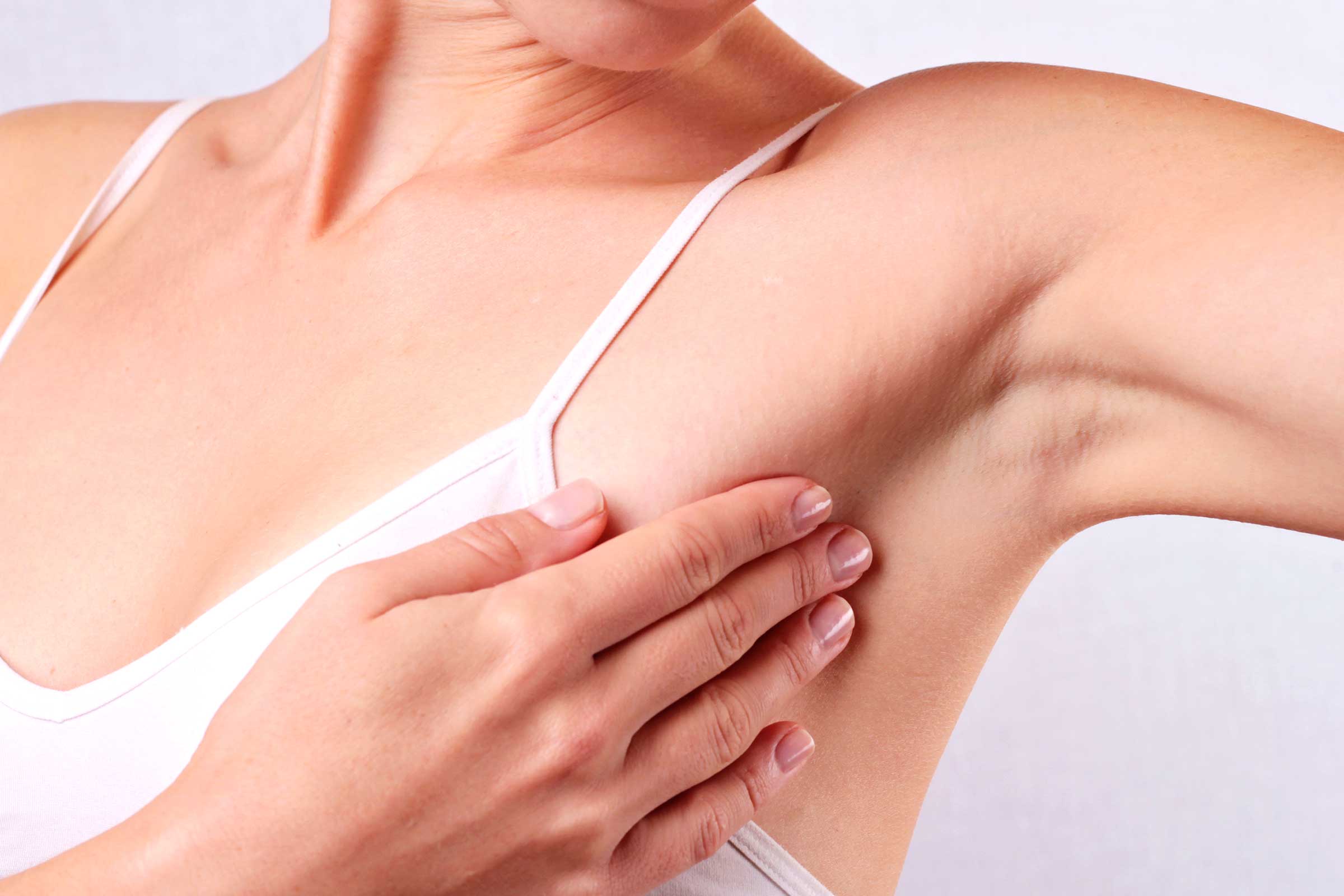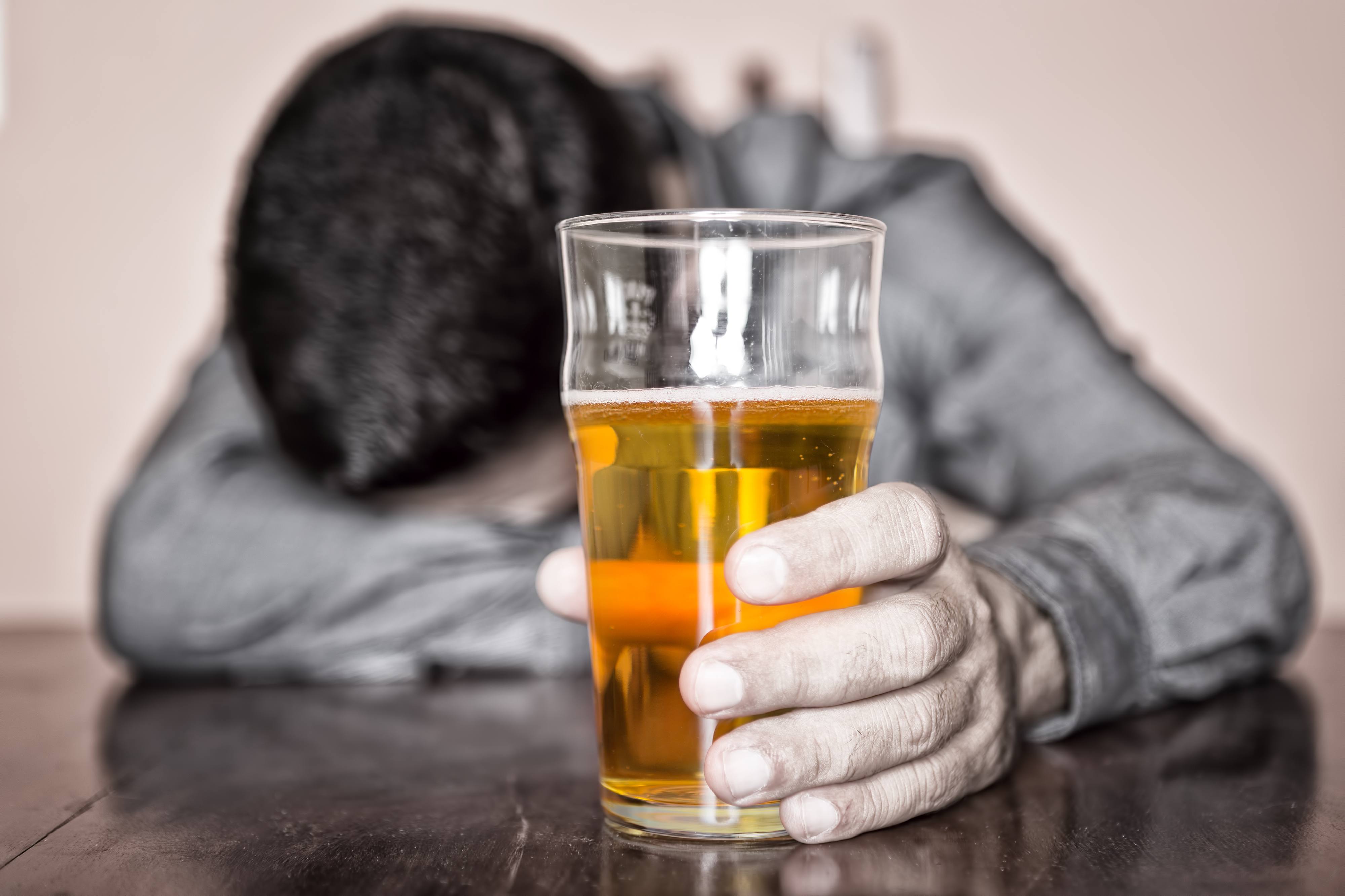A new study in the International Journal of Cancer revealed that there may be a link between permanent hair dye and breast cancer.
Medical records revealed a correlation between the two in more than 45,000 women, particularly black women.
The study doesn’t confirm a direct cause, but it does add to research suggesting that common beauty products contain carcinogens.
The researchers discovered that women who regularly dyed their hair increased their risk of developing breast cancer by 9%. Black women had a higher impact of developing breast cancer, reaching 45%.
 This percentage was more alarming in black women who intensively dyed their hair (1 or more times every 5 to 8 weeks), which reached 60%. In white women who regularly used hair dye, their risk increased 7%. With intensive use of hair dye, it increased 8%.
This percentage was more alarming in black women who intensively dyed their hair (1 or more times every 5 to 8 weeks), which reached 60%. In white women who regularly used hair dye, their risk increased 7%. With intensive use of hair dye, it increased 8%.
Differences were noted depending on the type of dye that was used. Black women who used a dark hair dye had a 51% increase, while white-skinned women had an 8% risk. As for light hair dye, black women had a 46% risk and 12% for white women.
Why did the results vary among races?
The researchers still aren’t sure why the racial variations exist. They believe it has to do with the way products are used and manufactured for both audiences. They referred to previous studies that indicate products made for black women could have higher levels of endocrine-disrupting chemicals.
In addition to hair dyes, chemical hair straighteners are also shown to have a correlation with an increased risk of breast cancer. The team said that this needs further studies for support. Other studies have confirmed that there is no risk of breast cancer correlated with hair relaxers.
In this particular study, it was noted that there is a 30% risk for all women of all races who use chemicals hair straighteners every five to eight weeks. The researchers pointed out that there is a probability that black women will be more affected because they are the ones who use chemical straighteners the most.
Dr. Otis Brawley, a former Chief Medical and Scientific Officer of the American Cancer Society, notes that both hair dye and hair straightening should be used with caution. He also said that there are other factors that may matter more in determining who will develop cancer. Some of these are obesity, high calorie intake, and lack of physical activity.
Michael Jones, principal scientist in epidemiology at the Cancer Research Institute, said more research is needed and all the data collected must be evaluated in order for the team to make a firm recommendation.
As for women who did not dye their hair, or those who used temporary or semi-permanent dye, there were no differences in cancer risk observed.
 This research was based on the Sisters Study, which consisted of medical records of 46,000 women between the ages of 35 and 74. All the women in this study had a close relative who had died of breast cancer. The results are from a follow-up period of 8 years, during which 2,794 breast cancers were identified.
This research was based on the Sisters Study, which consisted of medical records of 46,000 women between the ages of 35 and 74. All the women in this study had a close relative who had died of breast cancer. The results are from a follow-up period of 8 years, during which 2,794 breast cancers were identified.


























